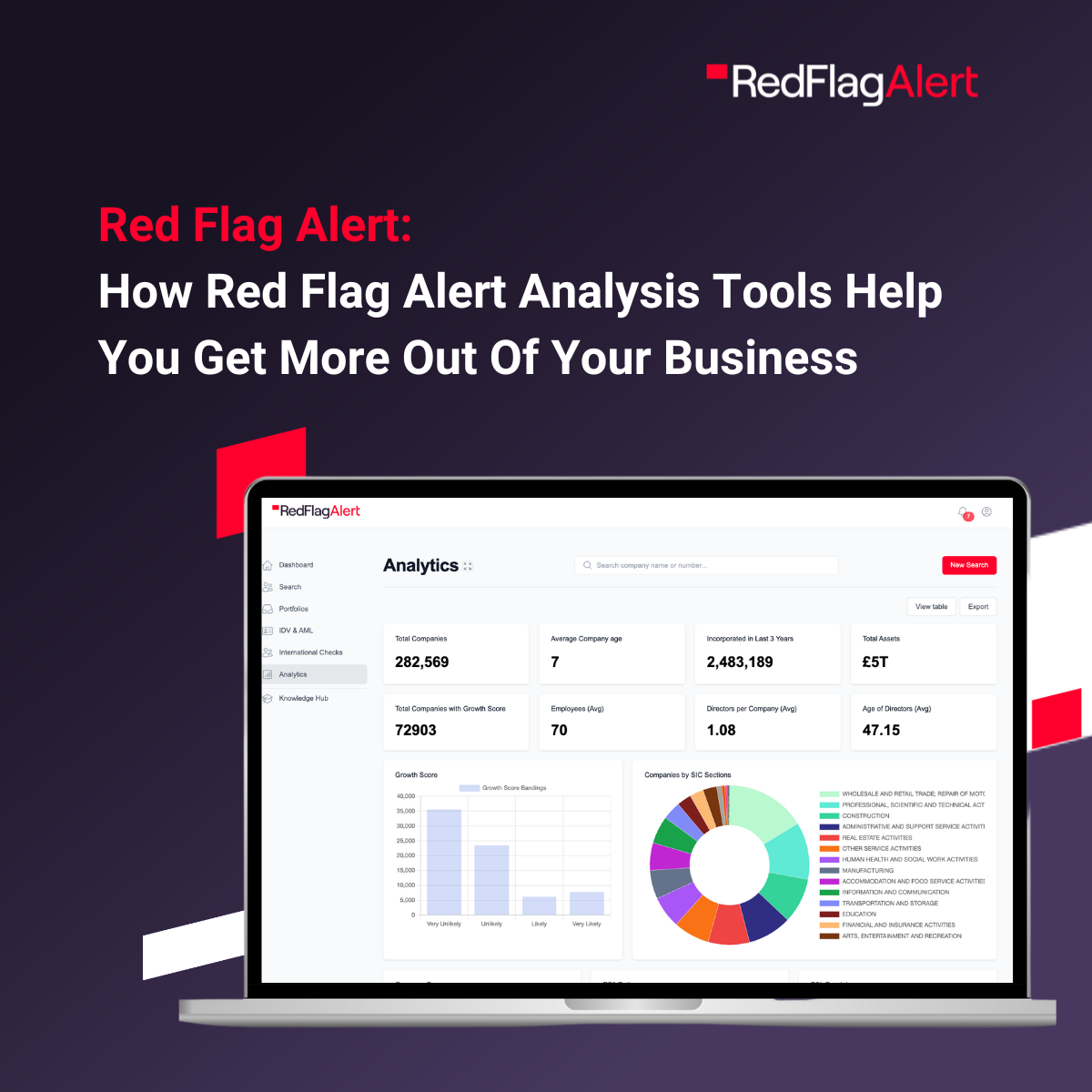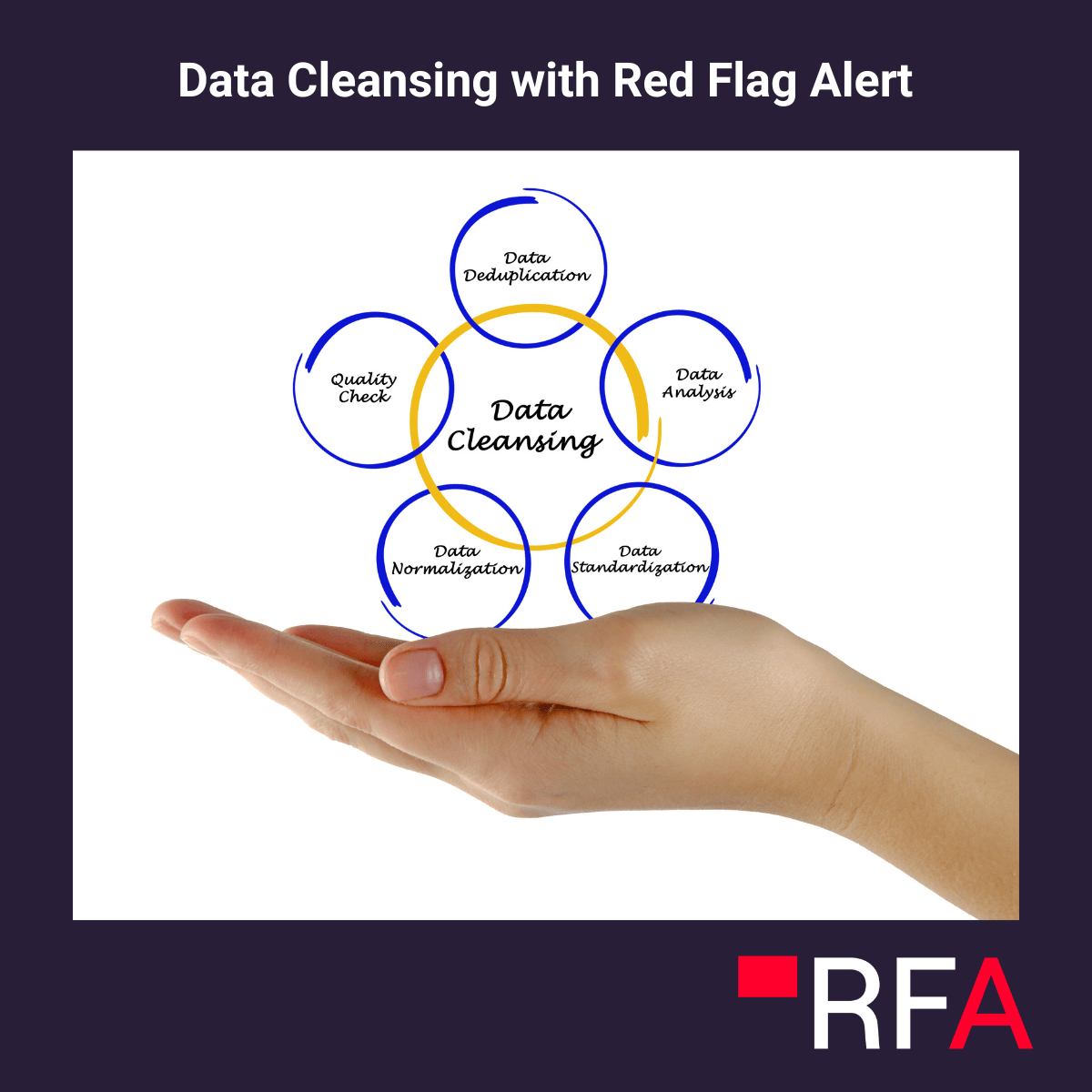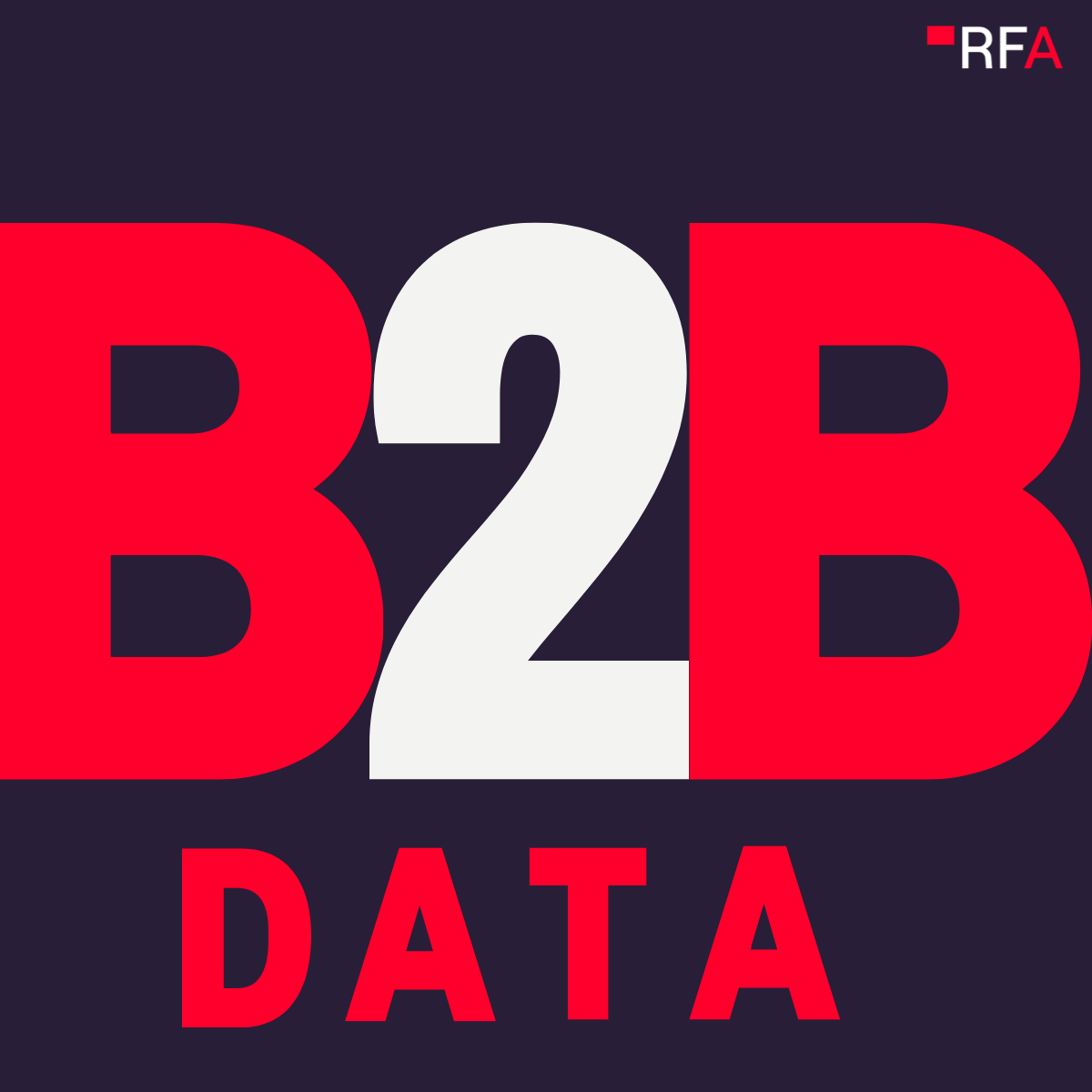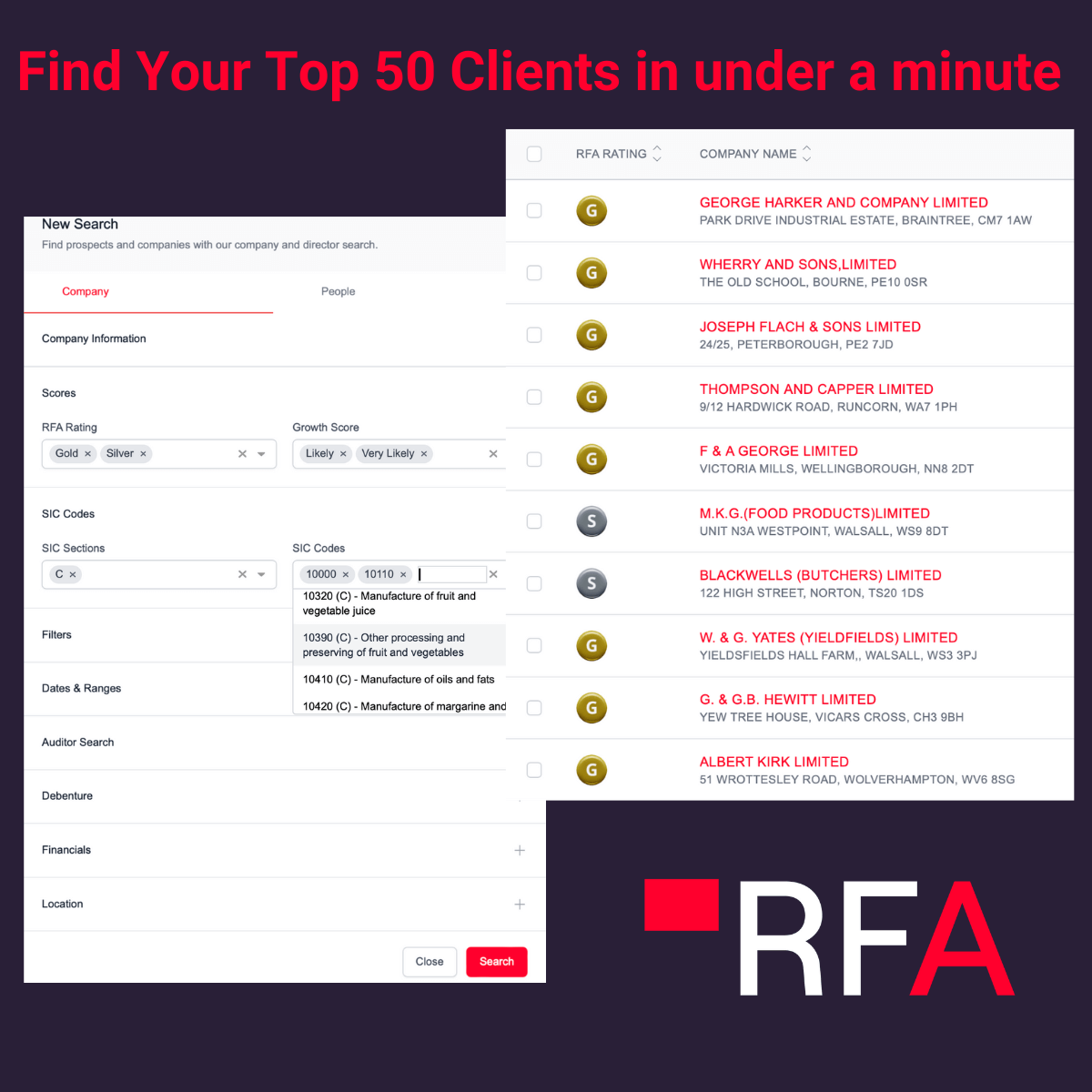Email marketing is an effective way to communicate directly with prospects who have already expressed an interest in your product or service.
By showing prospects the benefits of what you do, your company can build sales in a way that can be more effective than many other forms of marketing. Many studies suggest email marketing has a higher ROI than other types of digital marketing – but most companies do it very badly.
In this article, we’ll discuss some highly effective email marketing strategies, as well as look at how data such as that provided by Red Flag Alert can help.
Step One: Understand Where Email Marketing Fits into the Buyer’s Journey
The first step is to understand where email fits into the buyer’s journey. While you could be sending out cold emails or re-engaging existing customers, commonly email marketing is about providing people who have expressed an interest in your product with the information they need to make a purchase.
As such, this article will focus on how you can use email marketing in the evaluation stage of the buyer’s journey. Your strategy should revolve around providing these leads with the information they need to make a buying decision.
Step Two: Build Your Email List
The first step is collecting emails. A common email collection strategy is to offer a valuable piece of content in exchange for a prospect’s email address. When the prospect signs up for the content, you can also ask them if they would like to hear more from you about your product.
To do this successfully, you’ll have to create a valuable piece of content, as, at this point, the reader is likely to be in the assessment stage of the buyer’s journey – this content should attempt to provide unique and useful advice related to the problem your customer is facing, without directly selling your product as a solution; that will come later in process.
Here are some examples:
- A B2B marketing agency could ask customers to sign up to a regular newsletter to receive marketing tips from top professionals.
- A company which builds apps to increase customer loyalty could offer an eBook with strategies that businesses can use to increase customer loyalty.
- An energy broker could offer a PDF guide about tips businesses can use to cut energy costs.
The most important thing is that the content offers enough value for the reader to think it’s worth handing over their information.
Businesses can increase value by relating the offer to a specific page on your website the customer is viewing. For example, in example number two above, if the customer is looking at a page about increasing loyalty at a cafe, the eBook could relate specifically to cafes.
A final consideration is the information you ask for alongside the email address. The more information you ask for, such as industry and number of employees, the better you will be able to tailor the content you send. However, asking for too much information could put people off signing up for your offer and thus increase lead form abandonment.
A better solution could be to ask for a minimum amount of information and use a third-party data source to fill in the gaps.
For example, by just asking for the company name, or requiring the person to use a business email address (this will usually give away the company name), businesses can use the third-party source to find out information such as the size of the company, the industry it works in, and financial data – more on this later.
Step Three: Send Educational Content
Once you have permission to send people emails, you can start to provide them with content. As the customer is in the late awareness/early evaluation stage when they first sign up to your email list, you should send information suitable for this part of the buyer’s journey.
While you may be tempted to send links to promotional content on your website, it’s important to give leads a reason to open your emails. A good solution can be to provide high-quality, original (or at least repurposed) content within the email itself. If you can do this, readers will be less likely to think of your email as spam and more likely to keep opening your messages.
It’s also important that the content edges the lead further down the buyer’s funnel. You’ll need to provide more information about how your product is a good solution to the buyer’s problem.
Some ways you can do this are:
- Provide customers with case studies that show how your product has helped businesses similar to theirs.
- Invite customers to webinars where you discuss a topic based around the customer’s problem in more detail.
Step Four: Segment Your Email List
It can be beneficial to segment your email list to increase the effectiveness of your campaigns. Doing so will allow you to target specific businesses with emails which are likely to be effective for their specific circumstances.
Imagine you have readers from three types of company signed up to your email list, for example: managing directors at medium-sized manufacturers, managing partners at small accountancy firms, and sales managers at insurance companies.
Each of these segments has completely different needs. Your email marketing will, therefore, be far more effective if it considers the needs of each segment and provides material that targets their specific problems.
If you typically sell high-value products to a small number of leads, it could even be worth tailoring your emails to the specific company you are emailing.
Red Flag Alert Data Helps Power Your Email Marketing
This is where Red Flag Alert steps in with the perfect solution for cost email outreach – we provide in-depth data on over 13 million businesses in the UK with advanced search capabilities with over 140+ filters that will help you build sophisticated B2B data lists that fit your ideal customer profile for your email marketing campaigns.
This data shows you the exact problems faced by your leads. For example, imagine your data tells you that a company that has signed up to your mailing list has poor liquidity, declining credit, adverse financial events or, more happily, explosive growth.
Knowing the specific circumstances of the business helps you build and deliver highly targeted email marketing campaigns, but this will only be possible if you have strong data.
To find out more about how Red Flag Alert can help your business, book a demo with our team today.




